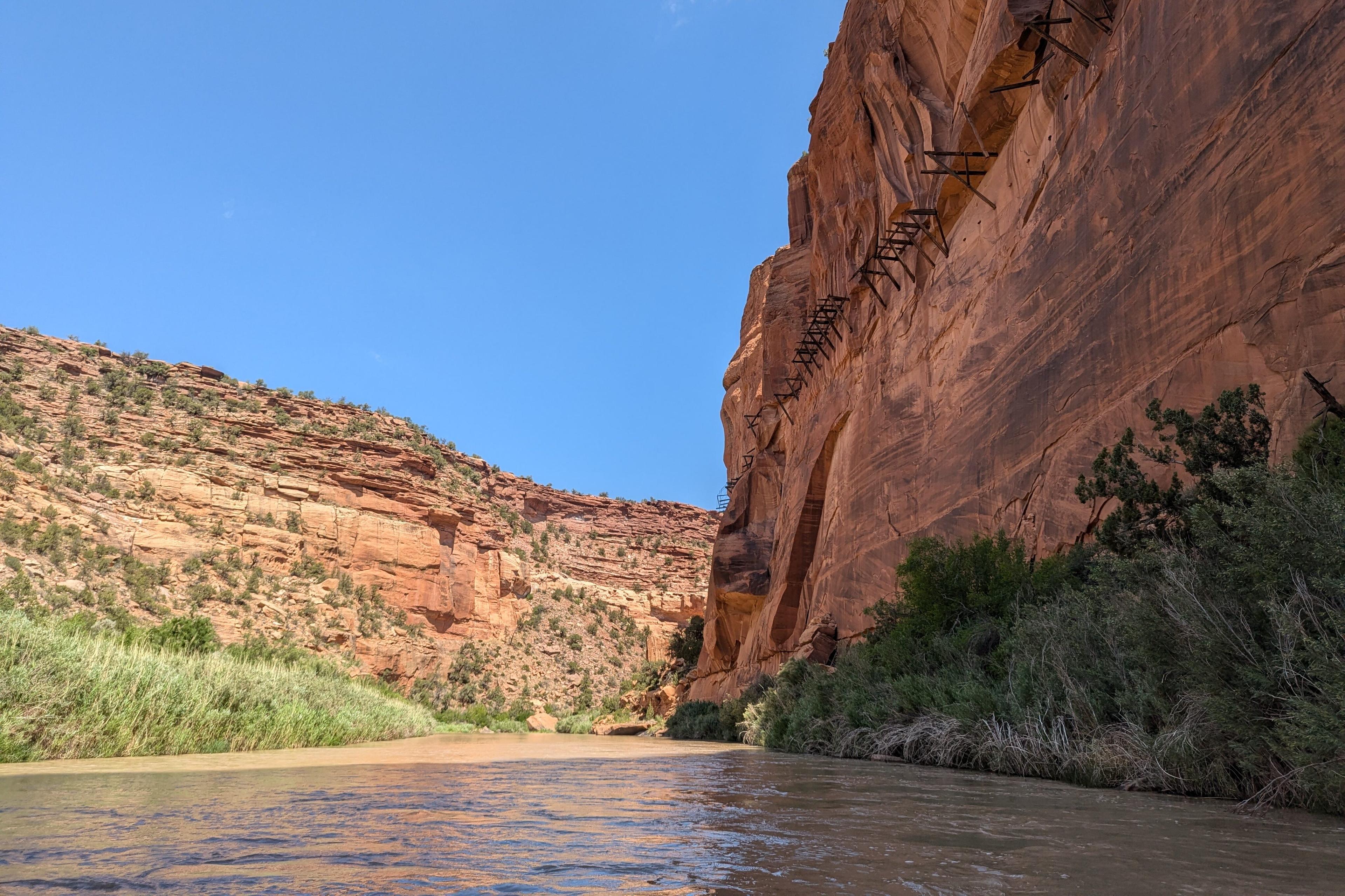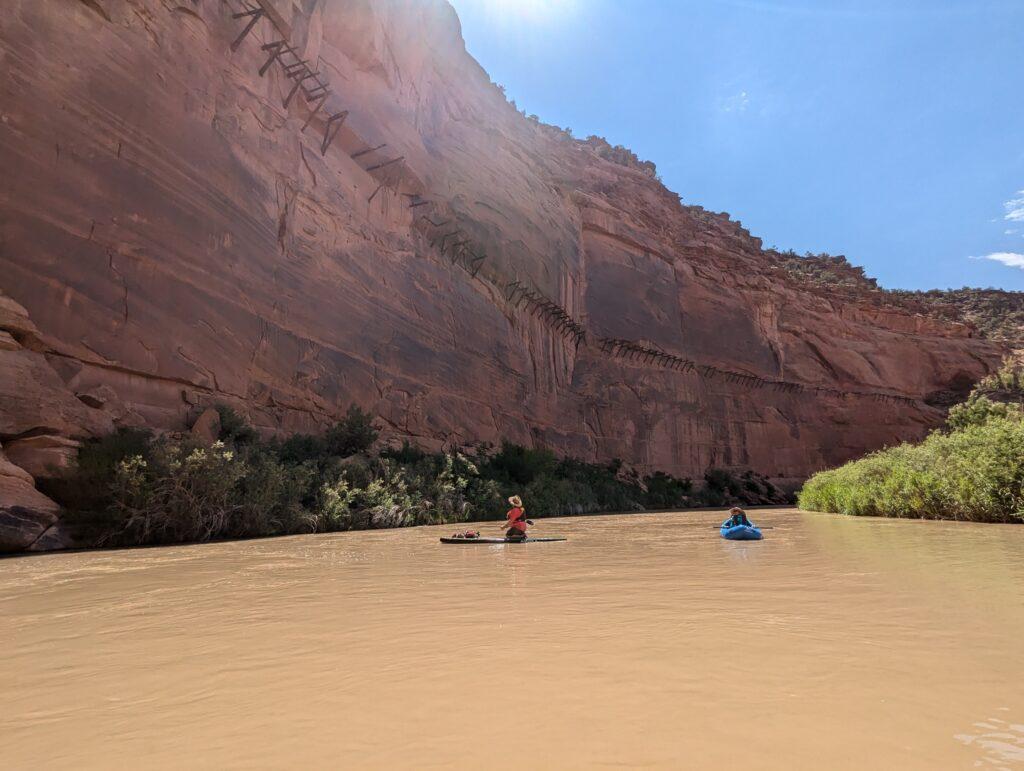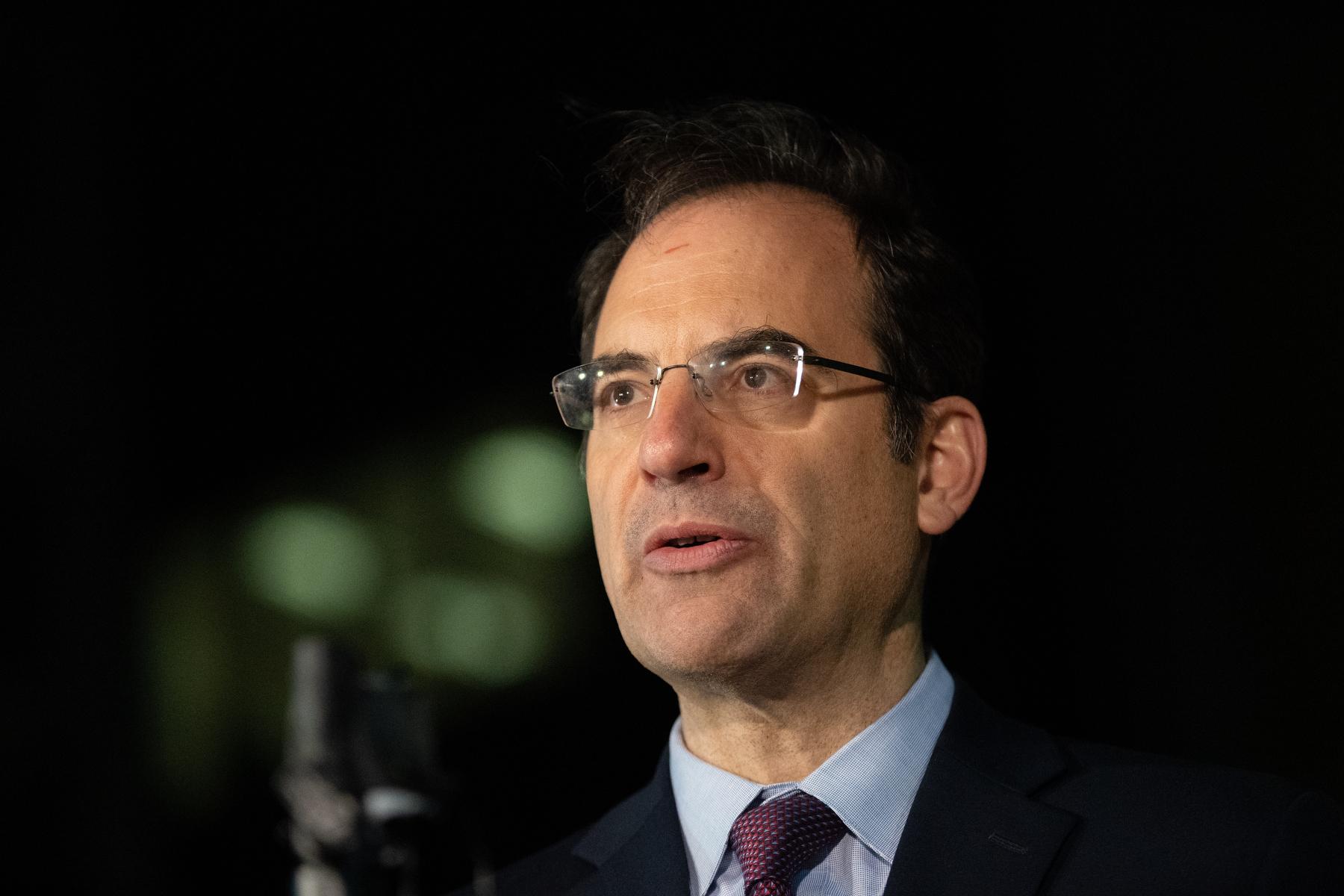
U.S. Sens. Michael Bennet and John Hickenlooper aren’t saying if they think there should be a Dolores River National Monument, but they are weighing in with a list of priorities they have for the remote area in Western Colorado that’s become a flashpoint for conservation talks.
After multiple listening sessions and visits to the area, Colorado’s top politicians in Washington D.C. issued a statement highlighting conservation steps they’d like to see taken for the northern Dolores River area in Montrose and Mesa counties.
Those points include keeping oversight of the area in the hands of the Bureau of Land Management and National Forest Service; maintaining free access for recreators; honoring existing rights for grazing, water, and existing mining; and continued access for motorized travel, fishing and hunting and mountain biking.
The statement comes after the Democratic senators made separate trips to Grand Junction, Gateway, Naturita and Nucla to hear from local stakeholders.
“Based on these conversations, it is clear that Coloradans care deeply about this landscape and many want it permanently protected. We also recognize there are legitimate questions and the need for further discussion,” the statement reads. “We are committed to continuing to work with local leaders, public land users, affected counties, and Tribes to determine the best path.”

A proposal for a Dolores River National Monument has kicked off months of debate locally. Conservationists argue that using the Antiquities Act — which grants the president sole power to protect and conserve land — to designate these federal lands as a monument would solidify long-sought protections for the area and bypass a gridlocked congress.
Opponents of the measure say it amounts to a land grab that could restrict existing uses, cut local water rights and invite hoards of visitors that would overwhelm the rural and remote region.
The Senators’ statement does not definitively endorse or reject the idea of a monument. Locally, county commissioners in Montrose and Mesa counties have passed resolutions opposed to the idea. The priorities outlined by Hickenlooper and Bennet mirror many of the concerns raised at listening sessions in Montrose’s West End, the name given to the rural western portion of the county which includes Nucla and Naturita.









